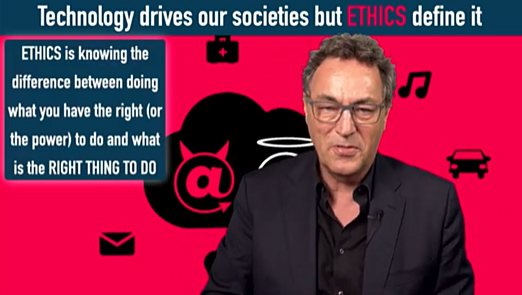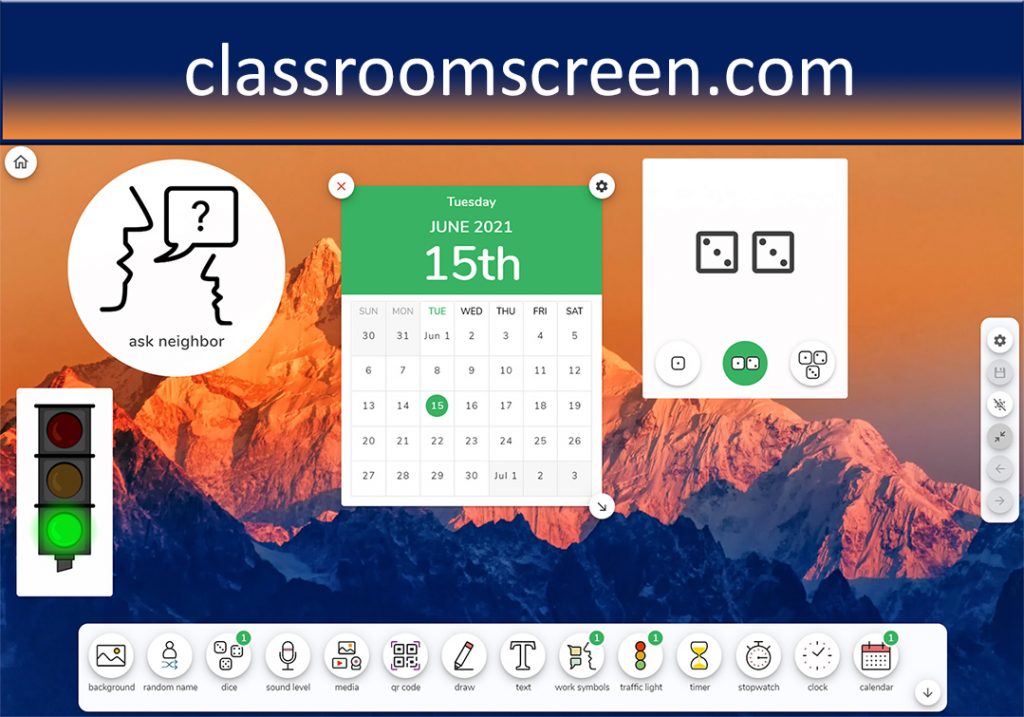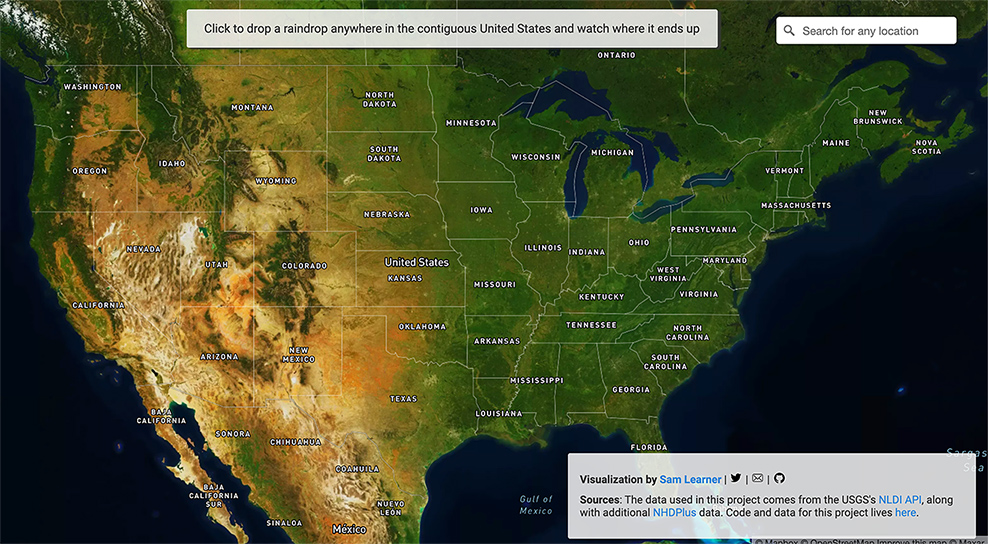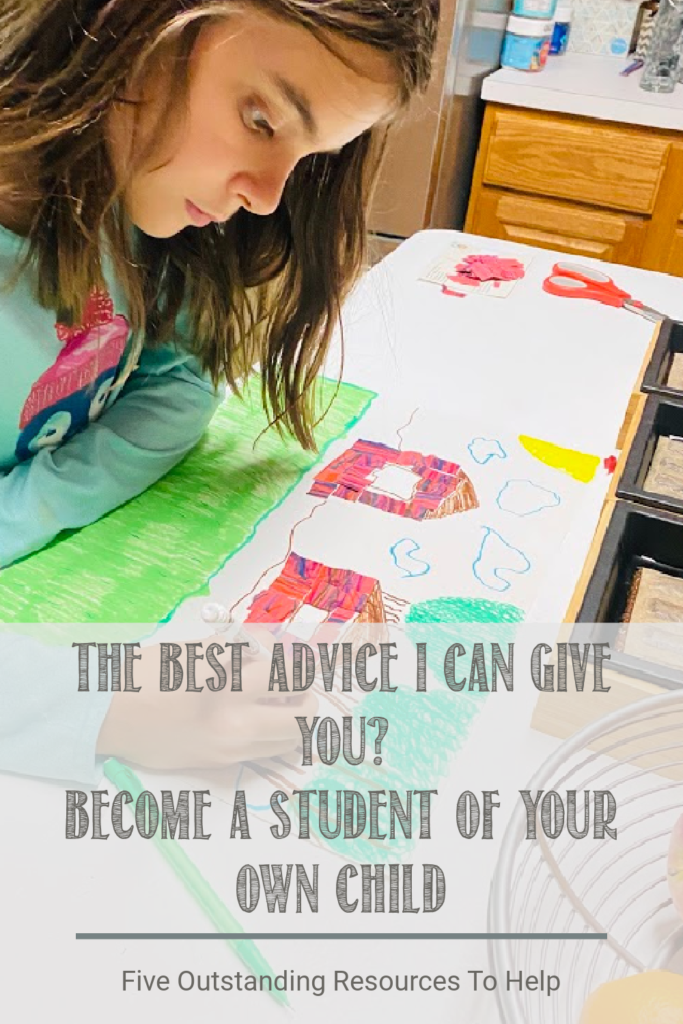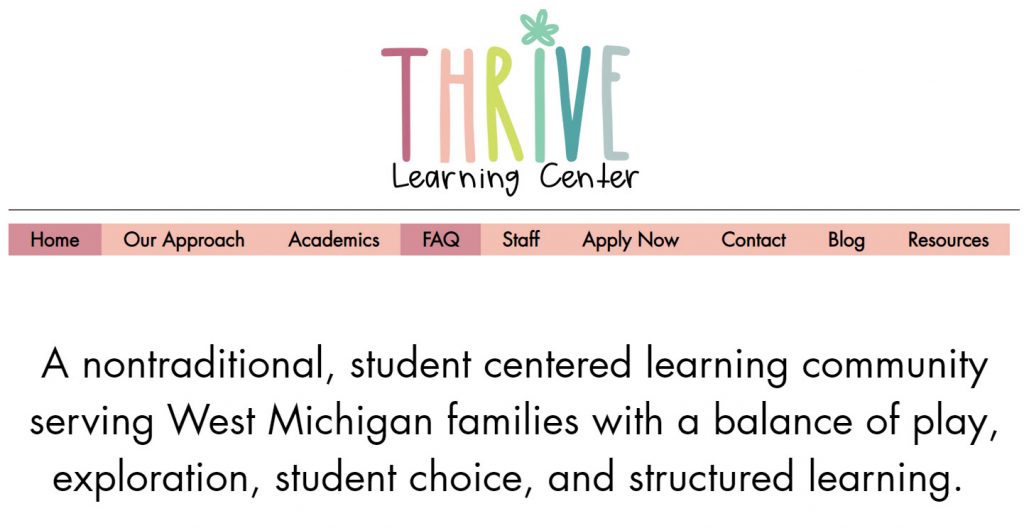From DSC:
You want to see some incredible animation? Check out the piece “What’s Inside of the Statue of Liberty?“ by Jared Owen. His video channel on YouTube is located here.
When Should You Use Branching Video Scenarios for eLearning? — from learningsolutionsmag.com by Bill Brandon
Excerpt:
Among the many changes today in the way we think about learning and training is the shift from knowledge transfer to skill development. Scenario-based learning (SBL) and the inclusion of practice with feedback are often overlooked but in many cases more effective approaches to the development of skill and competence.
What’s a scenario?
A scenario is a type of story; it presents learners with a situation in a way that engages them and places them in the situation. Scenarios are a methodology for quickly creating and delivering content to an audience based on needs and feedback. Scenarios are closely related to microlearning, and in fact some microlearning employs short scenarios as the main method of delivery. Learners are able to make decisions, solve problems, apply knowledge, and practice skills. The scenario presents challenges like the ones the learners will face in real-life situations.
The story is important! In his book Scenario-based Learning: Using Stories to Engage Learners, Ray Jimenez says, “The design of scenario-based training requires the craftsmanship of a storyteller, an instructional designer, and a subject matter expert.”
Record, transcribe, clip, and share video from Zoom in real-time. — This Grain tool/resource is from Jeremy Caplan’s Wonder Tools newsletter. Thanks Jeremy for passing this info along!
From DSC:
These kinds of tools should make for interesting discussions in online-, hybrid-, and hyflex-based courses…as well as in microlearning-based streams of content perhaps.
The best advice I can give you: Become a student of your child — from raisinglifelonglearners.com by Colleen Kessler
Excerpt:
One of the best pieces of advice I give a parent is to become a student of their child. To really pay attention and discover what your child is interested in, passionate about, or wants to explore further so you can use that information to design the best homeschool ever. In today’s episode, we revisit a conversation with Andrew Peterson all about how to practically become students of our children. You will also find all of our best resources for becoming a student of your child…
Reimagining Online Culture: Project-Based Learning, Inclusion, and Reach in Online Education — from er.educause.edu by Christian Schneider
The pandemic created a unique opportunity for educators to rethink their approach to online learning and explore how this educational environment can expand access while increasing and building on diversity.
Excerpt:
The move to online education during the pandemic has been one of the greatest experiments ever conducted. It was initially met with reluctance and fatigue, but once we moved beyond the attempts to replicate what we do in real life, it brought to light important innovations.
We cut out constraints, categorizations, and biases while concentrating on our faces, voices, and work, and we extended the reach of geographical, cultural, and social access.
During the pandemic, however, when most students were in their home countries, they seemed to be more comfortable as their authentic selves, working on projects that related to their local environments.
…
Teaching online can not only make education available to more people around the globe but also open a space where students can share “a piece of themselves,” where different perspectives can interact, where we can learn from each other and our local environments and opportunities. This creates an enormous opportunity for equity and inclusion.













